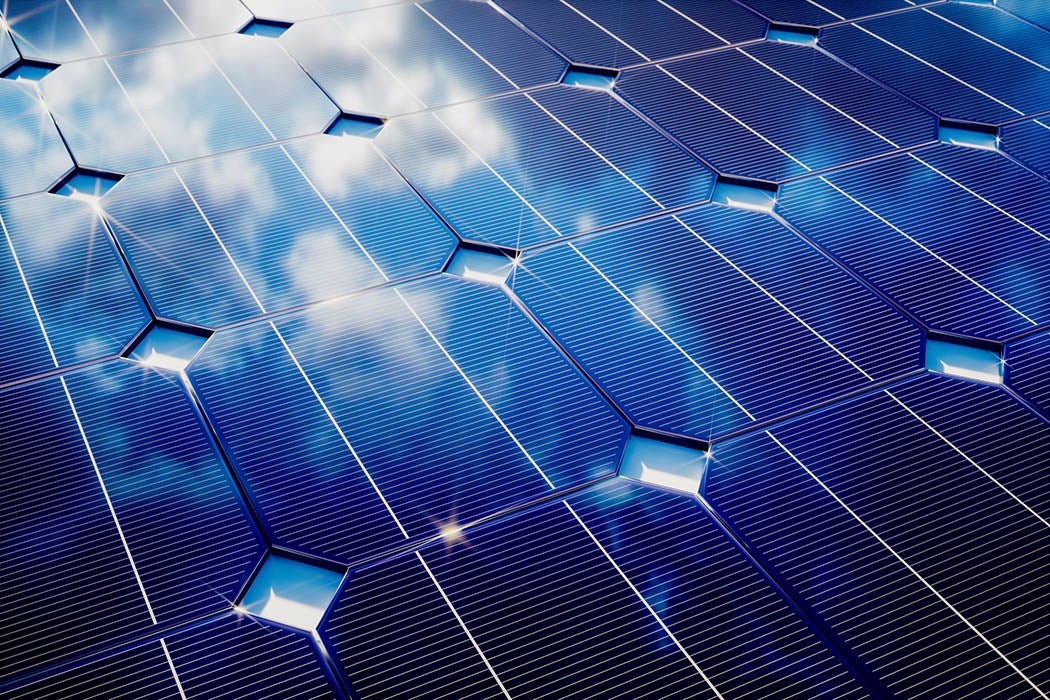Among energy sources, wind and the sun are as renewable as they come. But while solar panel technology continues to improve and prices continue to drop, solar power’s viability is hampered by low efficiency. The power generated per unit area is relatively low, so an average rooftop installation will generate only a fraction of the electricity required to power a home. Now a new solar process utilizing nanoparticles has the potential to nearly double the energy output per unit area of solar panels. Researchers are calling them “the world’s most efficient and environment-friendly solar cells.”
Currently, most photovoltaic (PV) cells are produced with silicon, usually combined with a plastic laminating layer. Silicon itself is not particularly toxic, nor is it rare. Some toxic chemicals are used in the manufacture of silicon PV cells, but the end result is fairly benign. The new process, on the hand, makes extremely thin cells from copper oxide. The thin panels save materials, and manufacturing copper oxide is not too toxic.
Nanoparticles, or extremely tiny particles that help improve PV cell efficiency, present one potential problem. Some of these particles will undoubtedly escape into the environment during manufacture and from normal wear and tear. Since they are so small, there are lots of them. And each one has multiple sides, which results in vastly increased surface area. This can make some materials that are stable in larger size pieces more reactive to their environment in nanoparticle form. Some metal nanoparticles are even capable of spontaneous combustion. The technology is so new that potential biological impacts are largely unknown.
Of course, renewables really need to be compared to alternative technologies, not to an idealized zero impact state. By that standard, while nanoparticles may pose a risk and there may be impacts from manufacture, those impacts pale in comparison to the impacts of fossil fuel overuse. Nor is the construction of mining equipment or gas refineries completely benign. Increased efficiency panels will also reduce the footprint and associated ecological consequences of large- scale solar plants, and make panels an economically sound option in more places.







